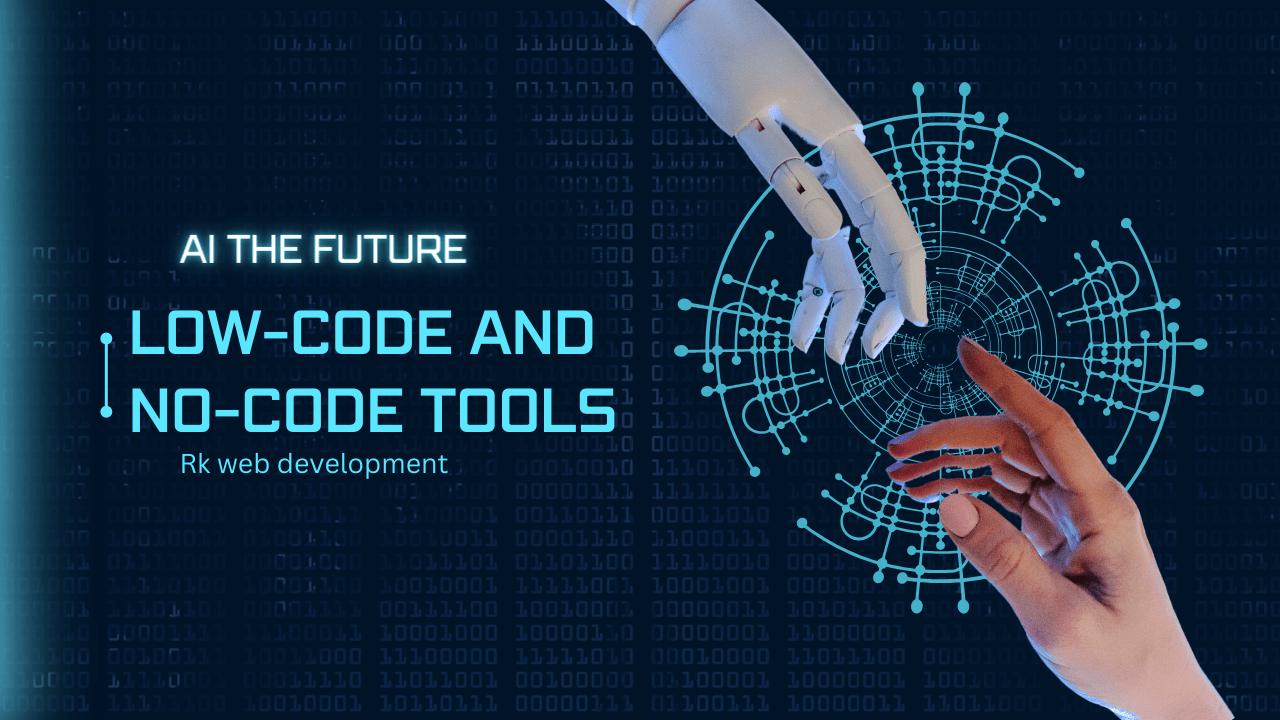NEWS / BLOG
cybersecurity
Cybersecurity is a comprehensive field dedicated to safeguarding digital systems, networks, and data from a diverse range of threats, vulnerabilities, and attacks. In our increasingly interconnected and digitalized world, where information is a valuable asset, cybersecurity plays a vital role in ensuring the confidentiality, integrity, and availability of data. One of the primary objectives of cybersecurity is to protect against unauthorized access to sensitive information. This involves implementing robust authentication mechanisms, such as passwords, biometrics, and multi-factor authentication, to verify the identities of users and prevent unauthorized entry into systems and networks. Encryption is another essential technique used to secure data by converting it into a format that can only be read by authorized parties with the appropriate decryption key. Furthermore, cybersecurity aims to defend against various types of malicious activities, including malware, phishing, and social engineering attacks. Malware, such as viruses, worms, and ransomware, can infiltrate systems to steal data, disrupt operations, or extort money from victims. Phishing attacks involve tricking individuals into divulging sensitive information, such as login credentials or financial details, through deceptive emails or websites. Social engineering exploits human psychology [...]
Social Network with Django Framework
Django is a high-level Python web framework that encourages rapid development and clean, pragmatic design. It follows the "Don't Repeat Yourself" (DRY) principle and emphasizes reusability and pluggability of components. Here are some key aspects of Django: Key Features of Django: Model-View-Template (MVT) Architecture: Django follows the Model-View-Template (MVT) architectural pattern, which is similar to the Model-View-Controller (MVC) pattern. Models represent the data structure, Views handle the business logic, and Templates manage the user interface. Admin Interface: It provides a built-in admin interface that allows developers to manage site content without writing custom code. It offers CRUD (Create, Read, Update, Delete) operations for database models. Object-Relational Mapping (ORM): Django's ORM system simplifies database interactions by mapping database tables to Python objects. Developers can perform database operations using Python syntax, abstracting away the need for raw SQL queries. URL Routing: It uses a URL dispatcher to route incoming web requests to the appropriate view functions based on URL patterns. This allows for clean and organized URL structures. Form Handling: It provides a powerful form handling mechanism that simplifies form creation, validation, and processing. It includes [...]
Ruby on Rails (Ruby) Framework
what is ruby on rails and how does it work Ruby on Rails, commonly referred to as Rails, is a popular web development framework built on the Ruby programming language. Introduced in 2004 by David Heinemeier Hansson, Rails follows the principle of Convention over Configuration (CoC), which emphasizes sensible defaults and reducing the need for explicit configuration, thereby boosting developer productivity. Key Features of Ruby on Rails: MVC Architecture: Rails follows the Model-View-Controller (MVC) architectural pattern, separating the application logic, user interface, and data models for better organization and maintainability. Active Record: Rails includes Active Record, an Object-Relational Mapping (ORM) system that simplifies database operations by mapping database tables to Ruby objects, enabling developers to interact with databases using Ruby syntax. RESTful Routes: Rails promotes Representational State Transfer (REST) principles, making it easy to create RESTful routes for handling HTTP requests and responses efficiently. Scaffolding: Rails provides scaffolding tools to generate a basic structure for models, views, and controllers, speeding up the initial development process. Gem Ecosystem: Rails has a vast ecosystem of gems (libraries) that extend its functionality, allowing developers to add features [...]
Serverless Architecture
Serverless architecture Serverless architecture is a cutting-edge approach to software design that revolutionizes the way developers build and run services by eliminating the need to manage servers. In a serverless environment, developers can focus on writing application code without the burden of server provisioning, maintenance, and scalability concerns. This innovative model allows companies to streamline the deployment of applications, optimize efficiency, and drive innovation by leveraging cloud-based services provided by leading cloud providers like AWS Lambda, Azure Functions, Google Cloud Functions, and Apache OpenWhisk. Key Concepts and Benefits Cost-Efficiency: Serverless architecture offers a cost-effective solution as businesses only pay for the computing resources used, eliminating the financial waste associated with idle server capacity. This pay-as-you-go model reduces operational costs and hardware expenses, making it an attractive option for startups and organizations looking to optimize their budget. Scalability: Serverless functions automatically adjust computing resources to match the demand of applications, ensuring seamless scaling without manual intervention. This elasticity enables serverless applications to handle varying workloads, making it ideal for startups with unpredictable traffic patterns and fluctuating demands. Development Speed: By abstracting away server management complexities, [...]
Low code and no code tools
Low-code and no code tools are platforms or software that allow users to build applications, websites, or automate processes with minimal or no programming knowledge required. These tools have gained popularity due to their ability to empower individuals and teams to create solutions without extensive coding expertise, thus accelerating development cycles and enabling innovation. Below is a detailed description of these tools: Low-code Platforms: Low-code platforms provide a visual development environment where users can design, develop, and deploy applications with minimal hand-coding. These platforms typically offer a drag-and-drop interface for building user interfaces, workflows, and data models, along with pre-built components and integrations to streamline development. Users can often extend the platform's capabilities through custom code when needed. Key Features: Drag-and-drop interface for building UIs and workflows. Pre-built templates, components, and integrations. Visual modeling tools for data structures and business logic. Built-in collaboration and version control features. Support for deploying applications across various devices and platforms. Ability to integrate with external systems and APIs. Examples: Mendix OutSystems Appian Salesforce Lightning Platform Microsoft Power Apps No code tools Platforms: No code platforms take the concept [...]
artificial intelligence
Artificial intelligence (AI) stands as one of the most transformative and revolutionary technologies of the modern era, permeating nearly every facet of human existence. At its essence, AI refers to the development of computer systems capable of performing tasks that traditionally require human intelligence, such as learning, reasoning, problem-solving, and decision-making. This expansive field encompasses a multitude of techniques, algorithms, and methodologies aimed at mimicking or surpassing human cognitive abilities. artificial intelligence Machine learning, a subfield of AI, lies at the heart of many AI applications. It enables computers to learn from data without being explicitly programmed, using algorithms and statistical models to iteratively improve performance on a given task. Through techniques like supervised learning, unsupervised learning, and reinforcement learning, machine learning algorithms can identify patterns, make predictions, and adapt to new information. This capability has led to breakthroughs in areas such as image recognition, speech recognition, natural language processing, recommendation systems, and predictive analytics. Natural language processing (NLP) represents another critical aspect of AI, focusing on enabling computers to understand, interpret, and generate human language in a manner that is contextually relevant and [...]
Phone
+91 6239317517
+91 8566075966
Address
Near Amrit Sen Sec School I/S Gate Hakima,Amritsar(Pb.)
Branch Office Baba Ramdev Mandir Gandhi Nagar Jalalabad(W)
Follow Us On Facebook
Phone
+91 6239317517
+91 8566075966
Address
Near Amrit Sen Sec School I/S Gate Hakima,Amritsar(Pb.)
Branch Office Baba Ramdev Mandir Gandhi Nagar Jalalabad(W)
Follow Us On Facebook




